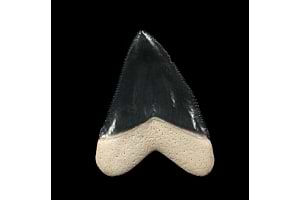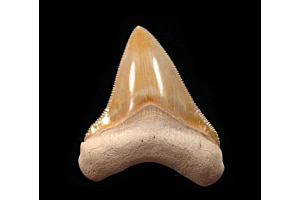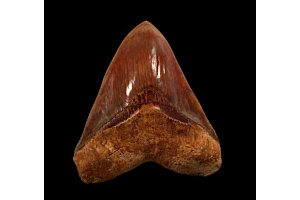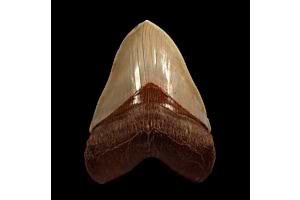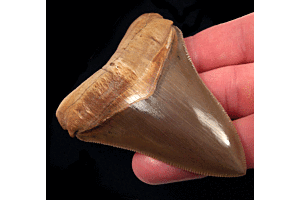
When we think of sinister creatures lurking in the vast oceans, the shark is probably the first name to come to mind. Sharks are the ultimate predators, but they are also one of the most ancient creatures to ever live on Earth. They first evolved around 450 to 455 million years ago, and are far more ancient than even the first dinosaurs. They were there when all five mass extinction events took place and wiped almost all life off the planet, starting from the Ordovician - Silurian extinction to the Cretaceous - Paleogene extinction, but sharks survived it all. Here are some of the top prehistoric ancestors of the modern-day sharks (in no particular order):
1. Scissor-toothed shark
Scissor-toothed sharks lived around 300 million years ago, and the largest, named E. giganteus, would grow into the size of the modern great white. The shark was characterized by a uniquely curved jaw that it used to not just bite but also create slashing wounds on its prey.
2. Buzzsaw shark
The Buzzsaw shark or the Helicoprion survived the Great Permian Extinction, which was the deadliest mass extinction event on Earth. This shark is famously recognized for its spiraled tooth-whorl, which was once mistaken to be ammonite fossil. This shark was one of the first to develop the ability to regrow lost teeth.
3. Anvil shark
Known for its one-of-a-kind dorsal fin that is shaped like an anvil, the Anvil shark lived around 350 million years ago. Scientists believe that since the anvil was only found in male sharks, they may have been used for mating.
4. Ginsu shark
The Ginsu shark ruled the waters 100 million years ago. The name Ginsu came from their 490 razor-sharp teeth that grew up to 7 centimeters and were thickly covered in enamel. This shark could grow to be almost 7 meters long, making it the largest shark alive.
At Buried Treasure Fossils, we offer wide selection of shark tooth fossil, including megalodon and parotodus tooth for sale. Browse through our online store to discover more such rare and authentic fossils.



